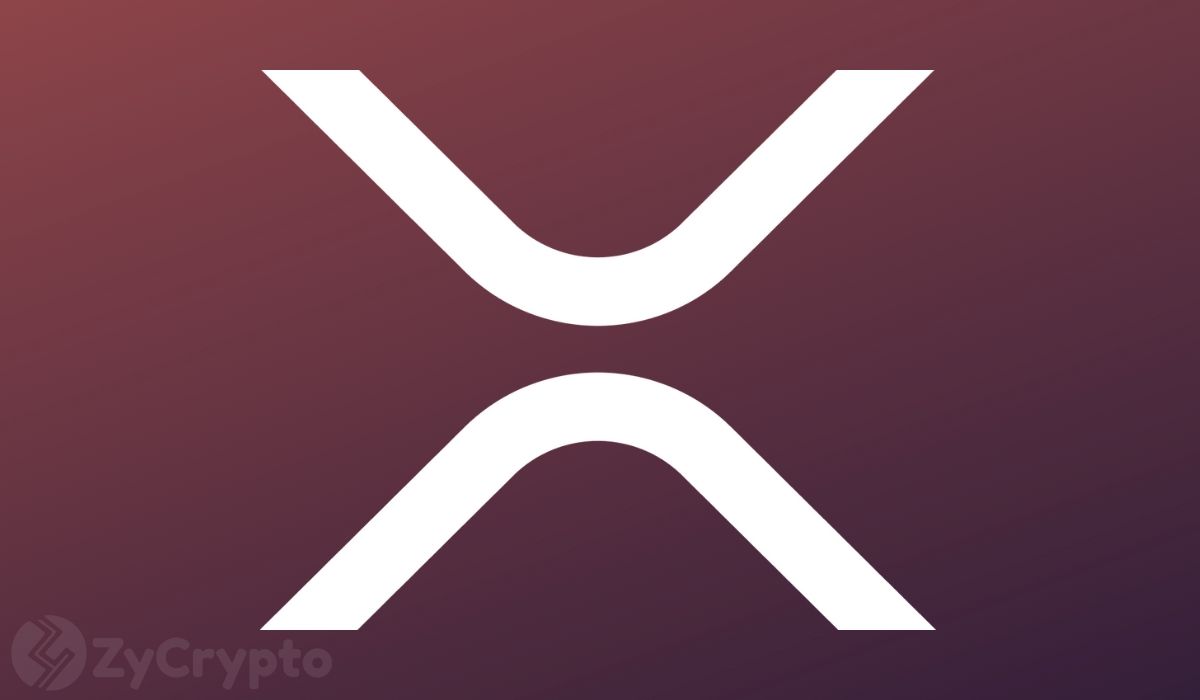Since its inception back in 2012, Ripple has been at the forefront of developing various use cases based on the blockchain technology. Ripple created the now-famous number 3 crypto on the charts, XRP. Besides that, the company has been known to develop various innovative payment solutions and has attracted a large number of financial institutions across the world, including various Central Banks, as its clients.
Now, Ripple has expressed willingness to allow other third-party crypto networks to run on its blockchain, the XRP Ledger. The announcement was made in a video by the company’s own CTO (Chief Technology Officer), David Schwartz.
Fixed Value Tokens
While announcing the introduction of the new feature to allow the changes, David said that the XRP Ledger will be available for third parties that want to launch fixed-value tokens. In essence, this means that the ledger will be used to run mainly stablecoins, although he chanced to add that asset-backed tokens may also be included.
Notably, Ripple isn’t the first entity to venture into such development. Tether has also developed a system that runs various networks simultaneously. Each network supports a particular stablecoin. However, the Ripple CTO clarified that as for the XRP Ledger, the tokens hosted on the network will be required to have a guarantee of the liquidity of the assets backing them.
XRP Ledger As A Decentralized Exchange
Over the years and over the course of its build-up Ripple has sought to develop many new use cases especially since the network seems to have a lot of untapped potentials. According to the CTO, the developer team of the earlier days developed algorithms that allowed them to deploy various functionalities, making the network more like a decentralized exchange.
In fact, the network’s capability to allow other digital assets to run on its chain was developed way back in 2012.







